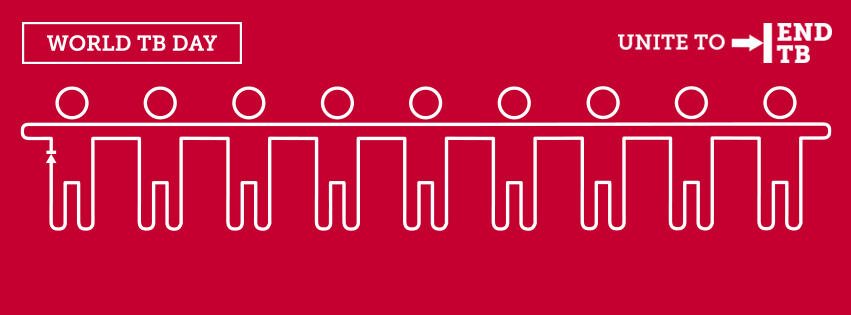
Beth Moos, DTMH February 2016
On the 24th March 1882, Robert Koch announced his discovery of Mycobacterium tuberculosis, for which he was later awarded a Nobel Prize. He stated in his address ‘If the importance of a disease for mankind is measured by the number of fatalities it causes, then tuberculosis must be considered much more important than those most feared infectious diseases, plague, cholera and the like.’ It seems that 134 years later in 2016 this still holds true, with a third of the world’s population infected with tuberculosis (TB) and approximately 1.5 million deaths each year as a result of the disease.
The DTM&H ‘TB week’ provided a fascinating insight into a tropical disease that kills more people each year than AIDS or malaria. Led by Professor Bertie Squire, the class was kept entertained by, not only a series of engaging lectures, but also by Professor Squire’s range of glamorous technicolour waistcoats. It was sobering to learn about the global burden of disease as a result of TB, and the devastating impact of TB-HIV co-infections. Indeed, by adding poverty into the mix, surely these are the three Moirai (or Fates). The Moirai are figures in Greek mythology who spin the thread of life, drawing lots to determine length of life and mode of death of every mortal.
World TB day is held on the 24th March each year to coincide with Robert Koch’s historic discovery, and the theme of 2016 is ‘Unite to End TB’. The aim of this public health campaign is to raise awareness of the disease that continues to hold the poorest nations in a stranglehold. The Stop-TB Partnership has unveiled its new five year plan to coordinate global efforts against the TB epidemic; the ambitious ‘Global Plan to End TB 2016–2020: The Paradigm Shift’ requires an investment of 65 billion USD in order to reach its projected targets of treating 29 million people, saving 10 million lives and preventing 45 million people from getting TB. Whilst the associated costs seem vast, the Global Plan claims that for every dollar invested, it will return 85 dollars. The Sustainable Development Goals also feature ending the TB epidemic as one of the targets under Goal 3 (Ensure healthy lives and promote wellbeing for all at all ages).
The DTM&H course has highlighted the challenges in diagnosis and treatment of TB in a resource-limited setting, where access to chest X-ray facilities or GeneXpert testing may not be available. Drug resistance is an ever-increasing challenge and threatens the lifespan of the limited drugs available to combat the disease. So are these impressive targets realistic and achievable? With the right financial backing, perhaps, but 65 billion dollars is a lot of cash to cough up. So, this could be the time to stand together, to unite to end TB.
Read the ‘Global Plan to End TB 2016–2020: The Paradigm Shift’